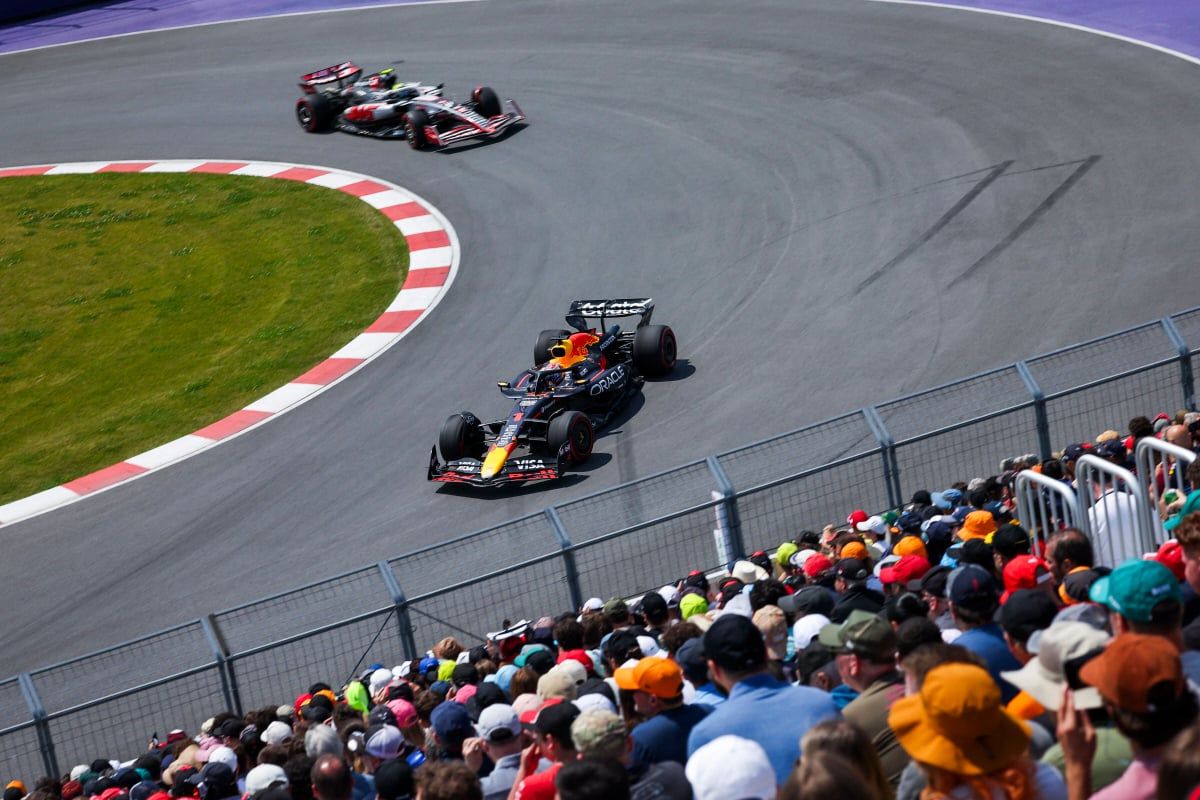FIA Confirms MULTIPLE for 2025 Canadian Grand Prix at C…read more
The Fédération Internationale de l’Automobile (FIA) has officially announced a series of updates and modifications to the Circuit Gilles Villeneuve ahead of the 2025 Canadian Grand Prix, marking significant changes for the 10th round of the Formula 1 World Championship season.
As Formula 1 heads into the North American leg of its calendar, the spotlight turns to Montreal, where McLaren’s Oscar Piastri and Lando Norris are poised to continue their impressive form this season. The Canadian Grand Prix, held at the historic Circuit Gilles Villeneuve—formerly known as the Île Notre-Dame Circuit—has been a staple on the F1 calendar since 1978, with a few interruptions over the years due to exceptional circumstances. The circuit is renowned for its demanding layout and unique features, particularly the notorious “Wall of Champions,” which has claimed multiple world champions over the years at the exit of Turns 13 and 14.
In a detailed statement released ahead of the race weekend, the FIA outlined several structural and safety-related enhancements made to the track following the 2024 race. Among the most notable is the improvement of the drainage system at multiple points around the circuit. Specifically, turns 2, 8, 10, and 13 have received upgraded drainage installations, aimed at minimizing water accumulation and improving safety under wet conditions.
Additionally, a major alteration has been made to the run-off area near the apex of Turns 8 and 9. This section has been regraded to improve how it responds to cars that go off track, potentially reducing the risk of damage or further incidents. The FIA has also announced that the white lines at Turns 4, 8, and 14 have been realigned. These lines define the edge of the legal racing surface, meaning that the alterations could influence how track limits are judged—potentially impacting penalties for drivers who exceed the boundary.
Another important safety upgrade includes the extension of the concrete wall at Turn 10. This move is designed to offer additional protection for both drivers and spectators, improving the structural integrity of the circuit in case of high-speed crashes at that point.
While the track changes are in the spotlight, the timing of the Canadian Grand Prix itself has also drawn attention. Traditionally seen as part of the North American swing, the 2025 edition of the event oddly sits in the middle of the European segment of the season. This scheduling quirk has raised questions about efficiency and environmental impact due to the increased travel for teams and personnel. In response, Formula 1 has revised its calendar for the 2026 season in an effort to streamline logistics and reduce its carbon footprint.
From 2026 onward, the Canadian Grand Prix will be moved earlier in the year to the end of May. Conversely, the Monaco Grand Prix—often held in May—will shift into June. This adjustment will ensure that the European leg of the season runs continuously from June through September, helping teams reduce unnecessary long-distance travel and aligning with F1’s commitment to sustainability.
The 2026 calendar also introduces a notable change with the addition of Madrid as a new race location, which will take the place of the long-standing Imola Grand Prix. This decision is part of F1’s broader strategy to modernize the schedule while maintaining its competitive and commercial appeal.
As Montreal prepares to host this year’s Canadian Grand Prix, these track improvements and future calendar revisions underscore F1’s dedication to driver safety, environmental responsibility, and continual improvement of the fan experience. With McLaren aiming to maintain their momentum and other teams eager to challenge, the stage is set for an exciting and possibly unpredictable race weekend.




